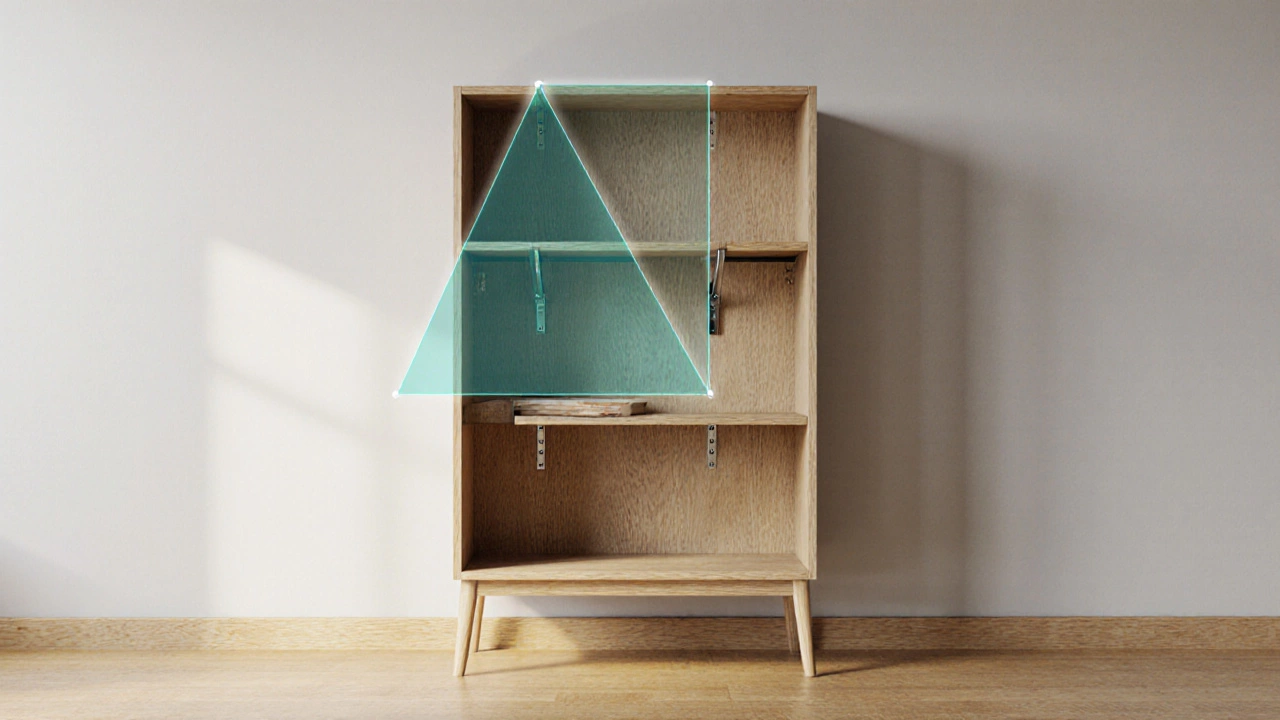Triangle Rule: Balancing Design, Function, and Style
When working with triangle rule, a design principle that uses three key elements to create visual harmony. Also known as the three‑point rule, it helps you decide how colour, size, and placement interact in a room. The triangle rule encompasses balance of three design elements, requires an eye for proportion, and often guides the placement of sofas, TV stands, and shelves. For example, a couch, a coffee table, and a lamp can form a visual triangle that makes a living room feel grounded. Understanding this rule lets you move from guessing to planning, and it links directly to other popular frameworks like the 80/20 rule, which shows how 80% of results come from 20% of effort and the 333 rule, a three‑zone wardrobe system that maximises storage. Both of these concepts influence how you allocate space and budget in a home, and they share the same goal: making choices that give the biggest payoff with the least waste.
Why the Triangle Rule Connects to Everyday Furniture Choices
Think about the Pareto principle, another name for the 80/20 rule that emphasizes disproportionate impact. When you shop for a new sofa, the colour trend article "2024 Couch Color Trends" shows that picking the right shade can instantly lift a room. Pair that with the triangle rule and you’ll place the sofa opposite a TV stand that follows the "TV Stand Size Guide for a 65‑Inch TV" – the stand’s width, depth, and height become two points of the triangle, while the sofa forms the third. The result is a balanced view that avoids glare, a principle echoed in the "Dark vs Light TV Wall" guide. The triangle rule also helps you organise storage. The "Essential Rules for Bookshelves in Interior Design" article advises using height, depth, and spacing to create a visual triangle that makes shelves look intentional rather than cluttered. Likewise, the "Most Popular Sofa Colors in 2025" piece highlights that a neutral sofa can act as a neutral point in your triangle, allowing bold accessories to become the other two points. When you apply the 333 rule to your wardrobe, you’re essentially creating three zones that mirror the three points of the triangle – tops, bottoms, and accessories – giving you a clear, repeatable system for everyday dressing. All these examples show that the triangle rule isn’t a stand‑alone idea; it’s a bridge between colour trends, furniture sizing, and storage strategies.
Below you’ll find a curated set of articles that dive deeper into each of these connections. From colour palettes that fit the triangle rule, to precise TV stand dimensions that complete the visual balance, to bookshelf styling tips that turn a simple shelf into a design statement – each post adds a piece to the puzzle. Use this collection to turn vague design instincts into concrete steps, and watch how your living space starts to feel more organized, comfortable, and stylish.
Understanding the Triangle Rule for Shelves - Keep Your Bookcase Stable
Learn the triangle rule for shelves, why three support points matter, and how to apply it to keep bookcases stable and safe.
More
